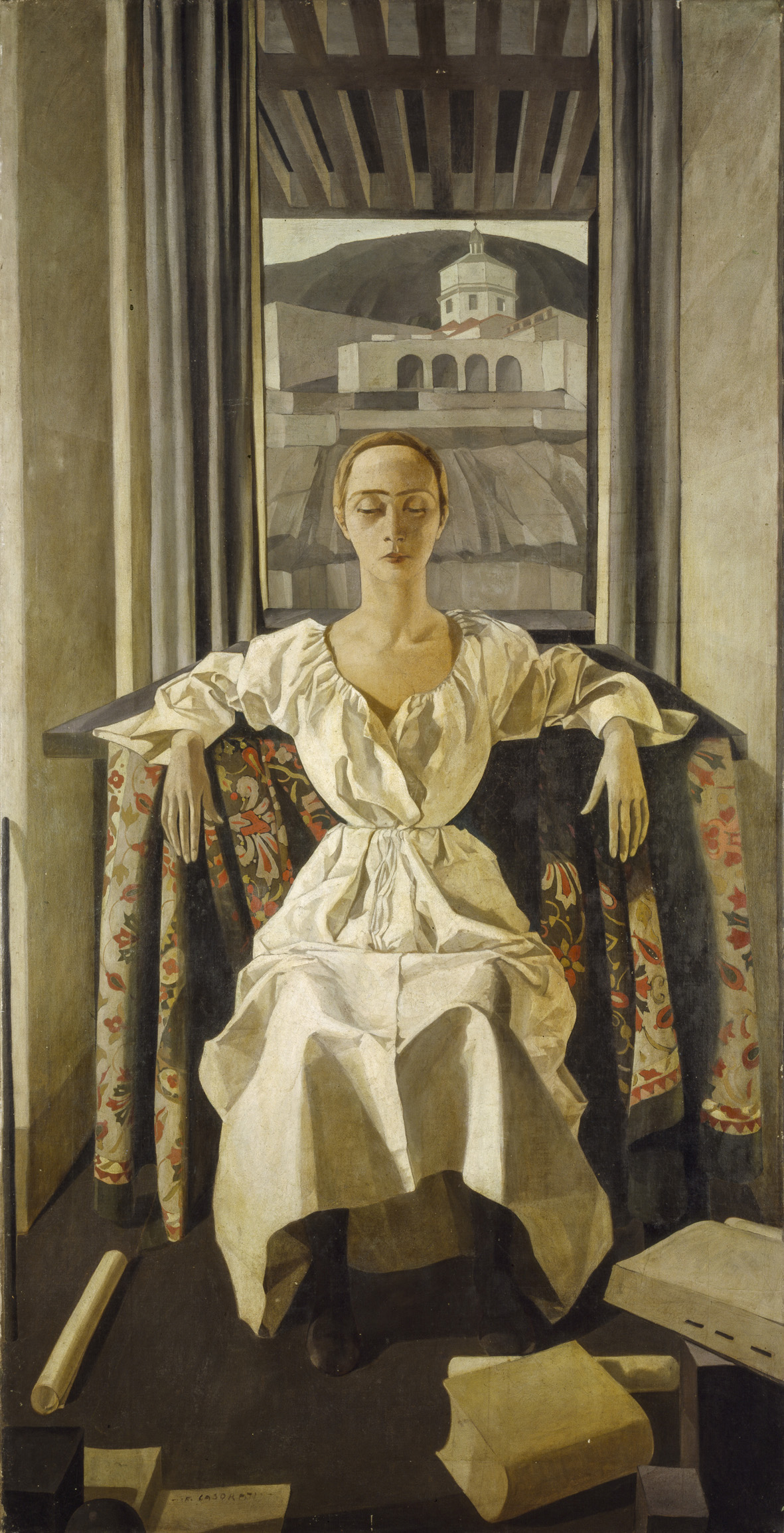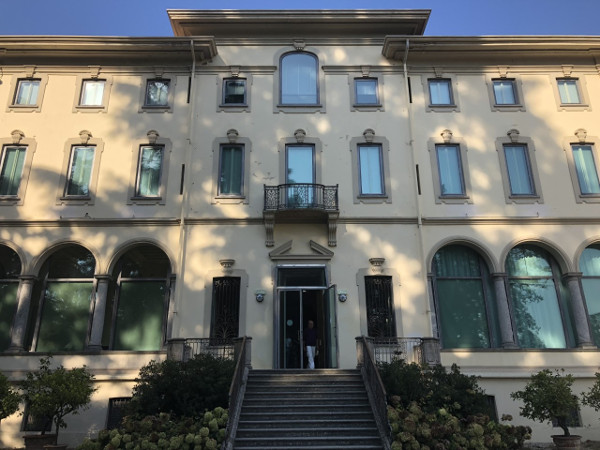Felice Casorati, The young ladies1912, mixed technique on canvas 2022 © Stock Photo – Fondazione Musei Civici di Venezia, Ca’ Pesaro – International Gallery of Modern Art, purchased by the Municipality of Venice at the Biennale, 1912 © Felice Casorati, by SIAE 2022
He wrote like this Happy Casoratithe artist inspired by the dream and by the figurative tradition of the Italian Renaissance classicism of the fourteenth and fifteenth centuries, whose painting was approached by critics to the artistic current of the so-called magical realism.
In what Luigi Magnani called his “imaginary museum” Felice Casorati will enter next spring, ideally moving, in small steps, among the works loved by the Emilian musicologist “all objects of equal love and worthy of the most devout contemplation” by the enlightened collector.
Music will guide the painter to the Villa dei Capolavori in Mamiano di Traversetolo where, from 18 March to 2 Julyan exhibition – organized by the Magnani-Rocca Foundation in collaboration with the Mart – Museum of Modern and Contemporary Art of Trento and Rovereto – will reconstruct the artist’s itinerary, from the beginning to maturity, with over sixty masterpieces from public institutions and collections private.

Felice Casorati, Silvana Cenni, 1922, Tempera on canvas, Turin, Private collection © Felice Casorati, by SIAE 2022
That same music which constitutes the backbone of the exhibition also recalls the musical sensibility which has marked Casorati’s biography, culture and painting, with “his slow melopeas of planes or spaces”, as Carlo Ludovico Ragghianti grasped, with his conceptual aptitude for building a theatricality fueled by invention.
Weaving these connections between music and painting will be some paintings on display which, in the frame of a hypothetical closeness between the collector Magnani and the artist, dwell on their common passions.
If the painting by Casorati, Beethoven, belonging to the Vaf-Stiftung Collection and conserved at the Mart in Rovereto, refers to Magnani’s predilection for the great German composer, his friendship with Alfredo Casella, Magnani’s composition master in Rome and collector of important works by Casorati, portrayed by the painter in 1926, corroborates this ideal relationship. The intense activity of Casorati as theatrical set designer will instead be documented in the exhibition by a corpus of sketches and figurines from the Fondazione Teatro alla Scala in Milan.
Debut paintings such as the Portrait of his sister Elvirawhich marks its debut at the VII Venice Biennale in 1907, e The heiressesexhibited at the IX Biennale in 1910, both imbued with balance and calm measure, will leave room on display for The young ladiesa crucial work of 1912 which, through the clear and luminous palette, the study of the figures and the central nude, marks a turning point in the painting of the master from Novara.
Casorati’s season in the 1920s, when the call to return to order will bring a breath of new classicism into European art, will therefore leave room for a suspended and silent atmosphere, pervaded by restraint, melancholy and mystery, in a theater of infinite allusions to the profession, to the practice of painting, conceived as an incessant study and research, comparison with the model and with the ancient. These atmospheres will be represented in the exhibition itinerary by a series of paintings from 1921 such as The two sisters, Girl with linoleum, Masks. A scene frozen in a mysterious still image characterizes the famous painting Silvana Cenni from 1922, explicit homage to Piero della Francesca.

The facade of the building that houses the Magnani Rocca Foundation in Mamiano (Parma)
In the environment that envelops the woman, everything adheres to the truth, down to the smallest details, but so realistic as to be alienating. Recurring in Casorati’s painting is the theme of the still life of eggs, with a perfect shape and a fragile consistency, elements that offer the artist an opportunity to reflect on the contrast between precariousness and formal solidity.
That “complicated interweaving formed by the unfolding of my painting”, as Casorati himself would say, is translated into the exhibition through an alternation between the chronological order, necessary for a philological reading of Casorati’s painting, and accelerated timescales that anticipate the results of the research on the same theme or subject, in order to understand its essence. Observing the study of the architectures inside the paintings, visitors will be able to grasp the play of spaces, the carefully composed palette in the balance of tonal, chromatic and luminous values, the coherence and magic that mark Casorati’s research also in the works of the following decades .

